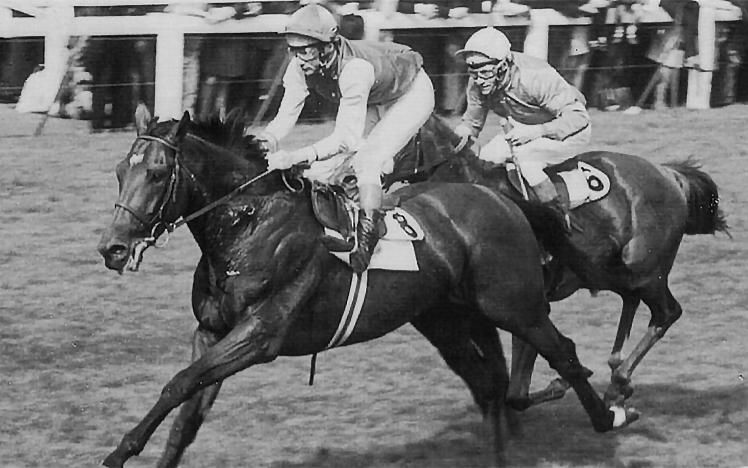THE STORY OF THE ST LEGER
- harry783
- Jul 10
- 2 min read

In the autumn of 1776, just outside Doncaster, a group of racing men came together with an idea that would change the sport forever. At the heart of it all was Colonel Anthony St Leger, a British Army officer and Member of Parliament for Grimsby. Born in 1731 in Grangemellon, County Kildare, St Leger was always a man of influence. After attending Eton and serving in the military, he turned his attention to a two-mile race for three-year-old horses.
What was a modest contest at the time, turned out to lay the foundations for the oldest Classic in the world.
Just two years later, in 1778, the race moved to its now permanent home on Town Moor, Doncaster, where a remarkable new grandstand had been built. It was here that Hollandaise stormed to victory making him the first St Leger winner to race past a purpose-built grandstand which was rarely seen anywhere else on English racecourses!
The race that began with modest ambition quickly became a fixture of national importance. Officially named the St Leger Stakes in honour of its founder, it grew to define the closing leg of Britain’s Triple Crown, following the Guineas and The Derby. For nearly 250 years, the very best three-year-olds have had their speed and stamina tested in an iconic test.
With battles come legends, and many have been made in this race. Nijinsky remains the last colt to win the Triple Crown back in 1970 - a feat so tough that no horse has managed it since. Oh So Sharp followed in 1985, the last filly to land the Fillies’ Triple Crown. Time and again, it’s the St Leger that proves the ultimate test.
In 2012, Camelot came heartbreakingly close to joining that elite club, only to be denied by Encke which was a moment that showed just how unforgiving this race can be. More recently, the likes of Logician, Hurricane Lane and Jan Brueghel have flown the flag for the modern era - proof that the St Leger still takes some serious winning.
Yet the St Leger Festival is more than just the racing. It’s a celebration of Yorkshire’s rich sporting heritage and a four-day gathering of racing’s finest and proudest. The grandstand may have changed since 1778, but the roar of the crowd, the pride of Doncaster and the timeless nature of the contest remains as strong as ever.
This September, the Betfred St Leger will once again crown a champion and etch a new name into the history books. Some will come chasing glory, others simply to witness it, but all will be part of something that began almost 250 years ago with one man’s vision, and one simple race.



Comments